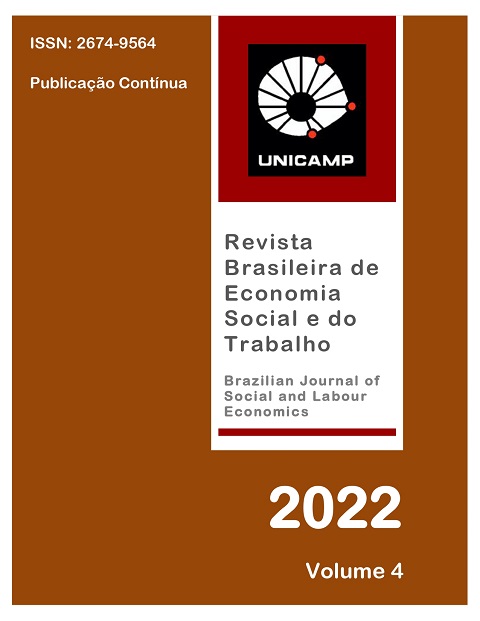Abstract
The recent protagonism of black women on television, in academic environments and in political, artistic and cultural movements in the peripheries has been noted. Despite enormous obstacles, they are advancing. Quotas have greatly increased the access of black and indigenous people to higher education, gradually propitiating the emergence of intellectual and professional leaderships in historically marginalized populations. This study initially focuses on the social ascension of black women in the framework of the vigorous social progress that, roughly speaking, took place from 2004 to 2014. It then analyses the impacts of the recent crisis, highlighting the downturn from 2015 and the 2020 disaster. In Brazilian society, where exacerbated individualism predominates, social mobility is associated with consumption patterns. Despite the profound inequality, the State's social neglect and the widespread shortcomings of the majority of the population, the acquisition of goods and services indicates improvement in living conditions. If the expansion of consumption is significant and persistent, poor people can be convinced that they have risen in social class (they have ascended to the middle class), even though they largely remain in the same structural conditions. In recent years, racial and gender issues have received increasing space in the media. However, the true causes of the enormous social inequality in Brazil remain hidden.
References
Bento, C. (2022). O pacto da branquitude. Companhia das Letras.
Fraser, N. (2019). Neoliberalismo progressista versus populismo reacionário: a escolha de Hobson. In H. Geiselberger (Org.), A grande regressão: Um debate internacional sobre os novos populismos – e como enfrentá-los (pp. 77-89). Estação Liberdade.
Hollanda, H. B. de (2018). Explosão feminista. Companhia das Letras.
Hollanda, H. B. de (2022). Feminista, eu? Companhia das Letras.
Instituto de Pesquisa Econômica Aplicada (IPEA) (2016). Retrato das desigualdades de gênero e raça (1995-2015). https://www.ipea.gov.br/retrato/apresentacao.html
Lima, M., & Prates, I. (2015), Desigualdades no Brasil. Um desafio persistente. In M. Arretche (Org.), Trajetórias das desigualdades: Como o Brasil mudou nos últimos cinquenta anos (pp. 163-192). Editora UNESP; Centro de Estudos da Metrópole (CEM).
Neri, M. C. (Coord.) (2008). A nova classe média. Centro de Políticas Sociais (CPS), Instituto Brasileiro de Economia (IBRE), Fundação Getúlio Vargas (FGV).
Remy, M. A. P. de A. (2014). Estruturas familiares e padrão de gastos em educação no Brasil: primeira década dos anos 2000. (Tese, Doutorado em Desenvolvimento Econômico), Instituto de Economia, Universidade Estadual de Campinas (UNICAMP). https://repositorio.unicamp.br/acervo/detalhe/931393
Wright Mills, C. (1969). A nova classe média (white collar). Zahar Editores.
Yamasaki, T. (Direção) (1980). Gaijin: Os caminhos da liberdade. [Filme]. Labo Cine.

This work is licensed under a Creative Commons Attribution-NonCommercial-ShareAlike 4.0 International License.
Copyright (c) 2022 Waldir Quadros


